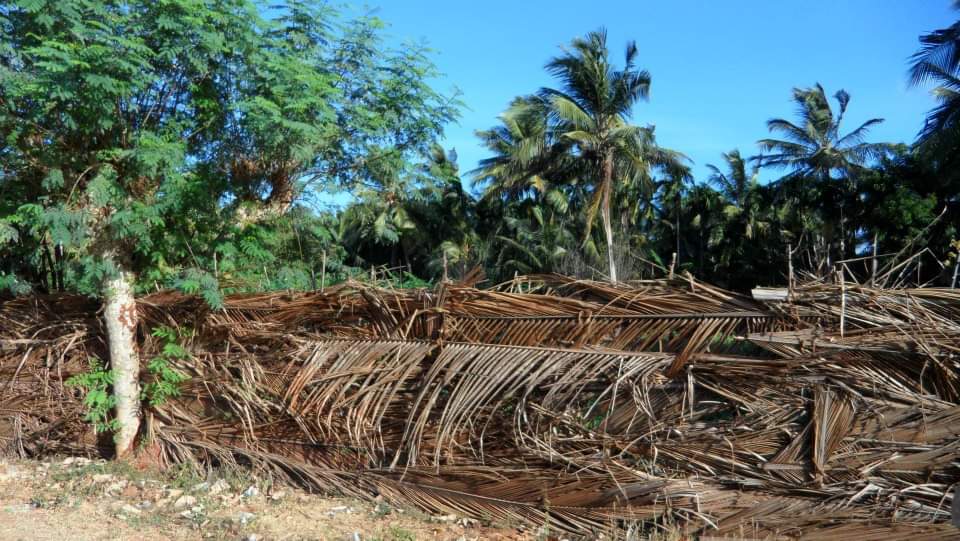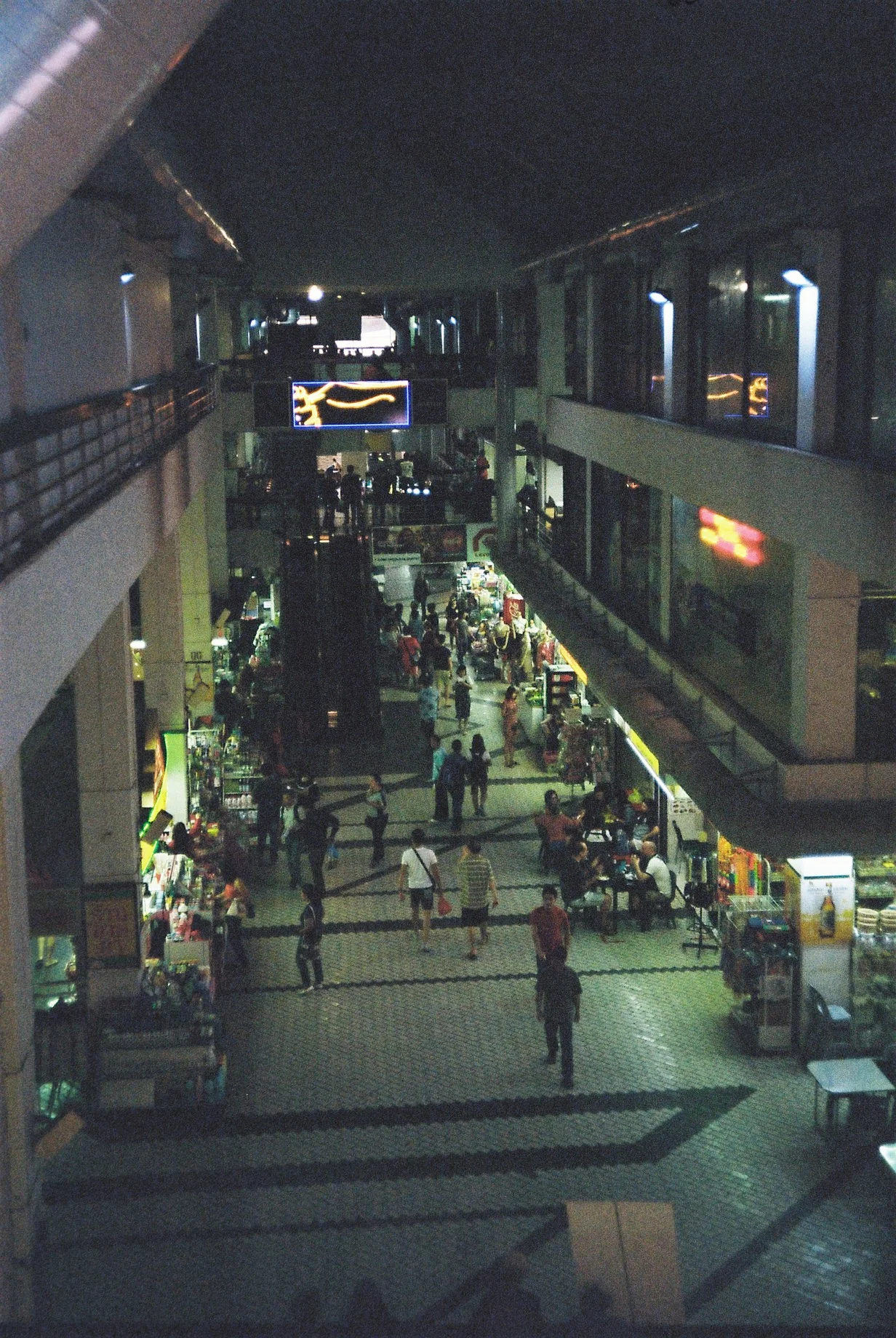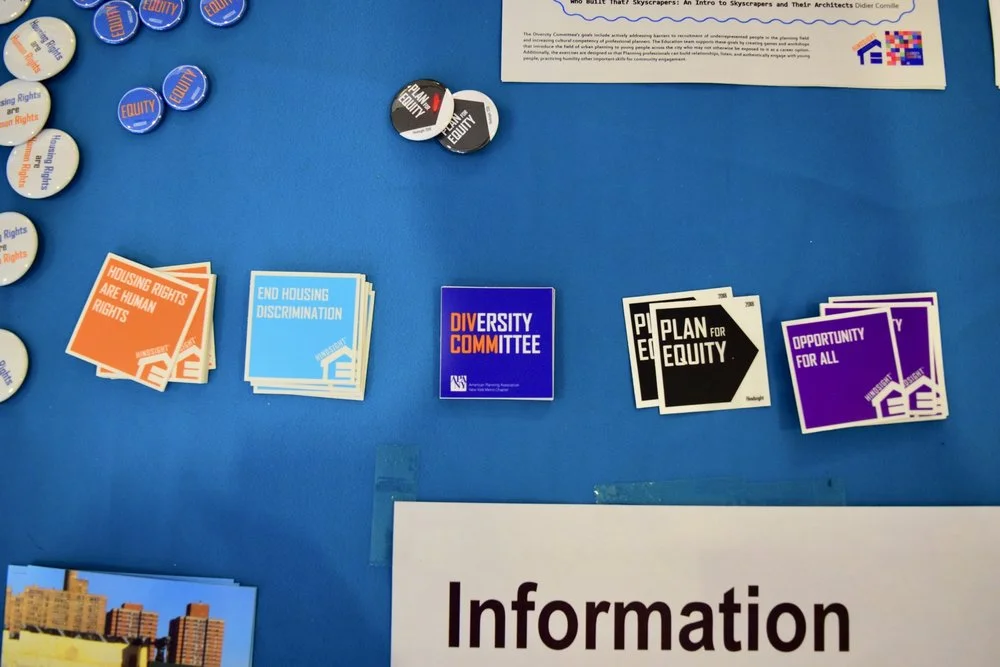Rebuilding a city: Lessons from Sri Lanka
By Priya Ananthanathan
Before starting graduate school in New York City, my father gifted me with my first trip to Sri Lanka. The trip was to be his first since leaving in 1988. There were many thoughts running through my head. While I was excited to bring to life my parents’ bedtime stories of this faraway island, I was also starting to put on my planner hat.
With the war over, how will we move forward? How does a city rebuild while retaining good memories of places?
Photo: Priya Ananthanathan
My parents are ethnic Tamils from Jaffna, Sri Lanka. Jaffna, a secondary city to Sri Lanka’s capital Colombo, was ravaged by years of guerrilla warfare that ended in May 2009. My bedtime stories were often about my family’s life in Jaffna before the war. I grew up hearing stories of a wonderful faraway island, where kids laughed and splashed around the ocean, digging for water in a giant well, and walking down dusty roads in colonial-style school uniform. The war described in stories by my parents was not the first for Sri Lanka. The island has undergone turbulent years of colonialism first under Portuguese rule, then Dutch, and finally British rule who granted the island independence in 1948. Through the years of wars and turbulence, Sri Lanka has had to continually rebuild from destruction.
Following independence from British rule, the Sri Lankan government attempted to rebuild its nation by passing a series of policies that unfortunately significantly affected minority rights, including the passing of the Sinhala Only Language Act. The act chose not to recognize Tamil as a main language and became a political hot button issue by denying Indian plantation Tamils citizenship. By the time July 1983 came around, tensions had risen and riots erupted after Sri Lankan Army soldiers were killed in Jaffna. Militant groups then emerged waging war against the Sinhalese for decades. The severe oppression eventually ended in 2009 after the fall of the leader of the largest militant group, the Liberation of Tamil Tigers of Eelam.
Being the child of parents who survived war, I always felt as though no one could understand the trauma I carried--things unique to survivors--nor the impacts the war had on me. Being Sri Lankan Tamil is, afterall, quite unique. For all the uniqueness of Sri Lanka, however, Jaffna’s efforts to rebuild inadvertently drew on similar ideas and practises used in the past in other cities like Dresden (Germany) and Mostar (Bosnia).
Dresden, Germany was devastated by bombings which destroyed nearly 80 percent of the commercial and housing real estate. Once the Berlin Wall fell in 1989 many were optimistic about the future. This optimism was reflected in the city’s housing stock. From 1990 to 1995, during the formative years after German reunification, Dresden went through a major planning effort set to accommodate population growth, followed by restructuring of the city’s basic infrastructure. The city wanted to restore the historic landscape while re-visioning its future. This included serious discussions on transportation and how to revive the city center. By the mid-1990s, despite the city’s decline in population, Dresden continued to focus on policies that did not reflect the reality on the ground. It was only at the turn of the millennium that the population growth and changes of the 1990s finally began to see results. Dresden’s commitment to reversing population trends and its flexibility to new policies ensured its survival in the new century.
After the conflict in Bosnia that left much of Mostar’s cultural center destroyed, the UN went to great lengths to create and implement an urban planning programme that was aimed at regenerating the city and reconciling the once divided communities. A UN-HABITAT team worked closely with organizations such as the Aga Khan Development Network to revive the Mostar city center and restore the Old Bridge and surrounding areas to its original design. The agencies on the ground also used policy language similar to the German government in Dresden to maintain the historic character of the city center. The Old Bridge project was completed in 2004 and was a symbol of reunification of the warring communities within the city.
Post-war Sri Lanka, Dresden, and Mostar each had to deal with the eternal question: Where to begin?
While Dresden focused the first five years after the fall of the Berlin Wall on population growth, restoring the city center and improving housing stock, Mostar drew on outside agencies to focus on historical restoration of housing and neighbourhoods that once comprised the thriving urban center. The common thread between the two cities’ post war reconstruction efforts is the revival of historic city centers. Ironically, by doing this, the cities could look to the future. It was through the preservation of physical structures such as the Old Bridge in Mostar and the palaces and elegance of the prewar city center in Dresden that rich memories of both cities were restored. Preserving historically significant areas and/or structures, it seemed, was the first and critical stage to restoring a city post destruction and war.
Unfortunately, in attempting to revive the tourism industry, the Sri Lankan government may have missed that crucial first step of preserving culturally- and historically- significant physical structures, like temples. In the rebuilding process, the army began entangling themselves in land acquisition battles, as many used force (such as bulldozers) and threats of physical harm to acquire land that belonged to Tamil returnees. This included most of my family members, who quickly erected strong fences around their land to ensure the army did not take their land.
Photo: Priya Ananthanathan
Part of our visit to Jaffna included securing our ancestral land. I heard many stories of how my grandfather built a five bedroom, four bathroom home outside of the Jaffna town center that became the backdrop and main stage for most of my mother’s life stories. My mother’s family smartly knew to pass down the ownership documents through the family and even kept them protected while surviving the war. Our oral tradition, unfortunately, doesn’t lend itself to paper documentation. As a result, many citizens in Jaffna have complained of having their ancestral land taken away by the army and given to the temples to create larger ‘tourist-centric’ temples.
Government officials argued that the changes in topography, population and overall density forced them to reconsider the significance of traditional and historic planned spaces made sense: they can’t return land to people who don’t come back. The paradigm that most cities faced is: Should the city be rebuilt to look just like the way they were or should cities take advantage of the opportunity to make a fresh start? Jaffna could move the main road set up by the British and change the location of the marketplace or bus stand to reflect the shrinkage. Preserving historical buildings is not only a radical break from the past, but may also represent both a moral and political break. As my father and I walked through Jaffna, it became more apparent that houses were being rebuilt, temples erected, and that history was to be the main driver in the city’s urban planning as well as any notion of planning for the future. It was not simply to rebuild what had been there, but to rebuild it as a better version of the past. Everyone, especially my parents, knew it was their memories of Jaffna, not those of the planners from Colombo, that could build the city back again.
Jaffna built bigger temples, Mostar built bigger neighbourhoods surrounding the Old Bridge, and Dresden returned to the open spaces and elegant buildings of the pre-Soviet occupation.
Jaffna is now part of the larger post-war planning discussion Like Dresden and Mostar, the city has had to balance rebuilding and re-planning a forward-looking city that has just emerged from the devastation that is war, while preserving its past. Jaffna is in the early stages of this process, with the war having only ended about three years ago, and appears to be mirroring Dresden’s early desire for population growth. Unfortunately, it is continuing to carve its own unique path - one tortured by a history between the Sinhalese community and Tamil community. The lesson that Jaffna can take in moving forward as a city is the understanding that rebuilding and redeveloping is not simply about making set plans for the future to build and develop. Rather it is about being flexible to new ideas that emerge through trying to build the old.
Cover photo by Adam Jones, https://www.flickr.com/photos/adam_jones/14189033134






